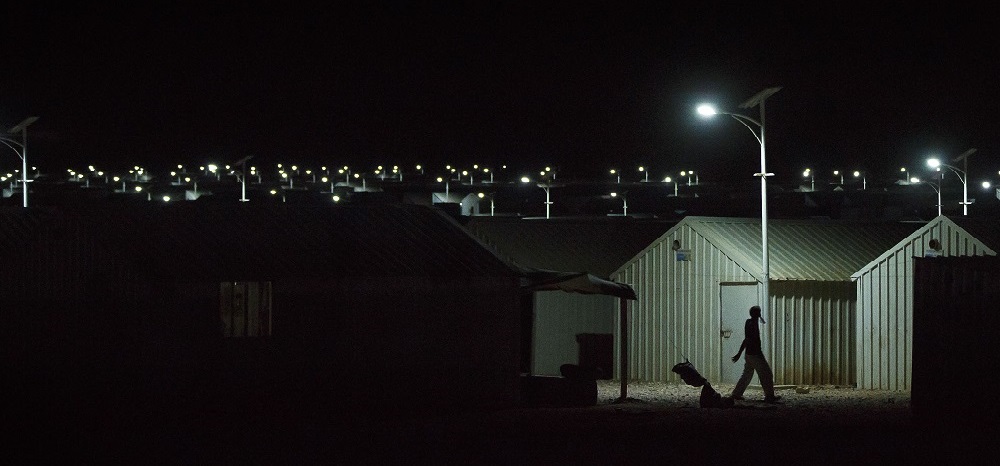This is an excerpt from UNHCR’s recently released report: Innovation at UNHCR 2014. This report highlights and showcases some of the innovative approaches the organization is taking to address complex refugee challenges.
Through the Energy Lab, UNHCR Innovation and the Division of Program Support and Management’s Energy and Environment Unit have adopted a collaborative approach to developing solutions that meet the renewable energy needs of persons of concern. This joint approach to developing and managing projects is a pretty recent phenomenon at UNHCR (just over a year old). Nevertheless, we have been able to draw some key lessons:
1. Truly effective solutions go beyond the technical; they are developed using a more holistic approach. We should think beyond implementing technical solutions and adopt a more holistic approach.
For UNHCR to truly innovate successfully in the area of renewable energy, it is crucial that we develop a better understanding of the energy profile and political economy of refugee camps. Added to that, success is highly dependent on ensuring that an enabling environment exists for energy innovations to occur. This involves gaining a deeper understanding of what the current energy challenges are and how they relate to one another, as well as researching potential solutions while identifying those areas where genuine innovation is needed. The focus should not only be on the technical solutions, but also on the economic, social, political, and cultural dimensions. Taking a more holistic approach to renewable energy solutions ensures the sustainability of any solutions implemented. There is an absolute need to reinforce such an approach to capture more and more of the energy poverty issues and to implement solutions accordingly.
2. In order to create, lasting, sustainable solutions, it is important to include all actors from the outset.
Developing and implementing solutions that last is highly dependent on meaningful engagement with field offices at different levels for buy-in. Inclusion of the people who are ready and willing to drive the change is a must from the outset. Linked with this is a clear need to create a sense of ownership of the innovation project for achieving and sustaining success. In other words, there is a need to provide more opportunities for refugees themselves to engage in new and innovative approaches. There is a need to measure and gauge the level of engagement with all internal stakeholders – namely field offices and persons of concern – in our joint innovation projects.
3. Smooth implementation of projects requires clear definitions of roles and responsibilities.
Defining or clarifying the line between the Energy and Environment Unit’s core responsibilities and the joint UNHCR Innovation/DPSM innovation projects is an important factor for smooth implementation. The joint Energy work plan should maximize time to focus on energy-related issues and to avoid duplication of efforts. Joint collaborations – for example the Engineers Without Borders challenge, the Safe from the Start initiative, biogas, and other energy interventions – ensure that our interventions are addressing the bigger picture as the need is driven by field offices.
4. Measurement at all stages of the project is key.
There is a need to consistently track, evaluate, and celebrate both small and large accomplishments of innovation projects and correlate them with the overall expected outcomes of the innovation project at all times. If proven successful, we need to think about how innovations will be sustained, adapted, or replicated.
5. Taking innovative energy projects to scale requires robust financial mechanisms.
Scaling up energy innovations is both complex and challenging. However, one must not underestimate the importance of having mechanisms in place for flexible, yet robust financing.
We’re always looking for great stories, ideas, and opinions on innovations that are led by or create impact for refugees. If you have one to share with us send us an email at innovation@unhcr.org
If you’d like to repost this article on your website, please see our reposting policy.
Photo credit: Ikea Foundation

